Distinct dynamics of social motivation drive differential social behavior in laboratory rat and mouse strains
- PMID: 33219219
- PMCID: PMC7679456
- DOI: 10.1038/s41467-020-19569-0
Distinct dynamics of social motivation drive differential social behavior in laboratory rat and mouse strains
Abstract
Mice and rats are widely used to explore mechanisms of mammalian social behavior in health and disease, raising the question whether they actually differ in their social behavior. Here we address this question by directly comparing social investigation behavior between two mouse and rat strains used most frequently for behavioral studies and as models of neuropathological conditions: C57BL/6 J mice and Sprague Dawley (SD) rats. Employing novel experimental systems for behavioral analysis of both subjects and stimuli during the social preference test, we reveal marked differences in behavioral dynamics between the strains, suggesting stronger and faster induction of social motivation in SD rats. These different behavioral patterns, which correlate with distinctive c-Fos expression in social motivation-related brain areas, are modified by competition with non-social rewarding stimuli, in a strain-specific manner. Thus, these two strains differ in their social behavior, which should be taken into consideration when selecting an appropriate model organism.
Conflict of interest statement
The authors declare no competing interests.
Figures
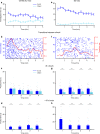
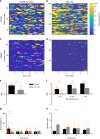
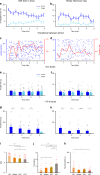
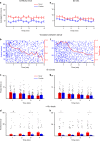
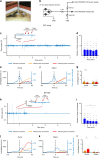


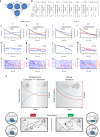
References
Publication types
MeSH terms
Substances
LinkOut - more resources
Full Text Sources
Molecular Biology Databases

